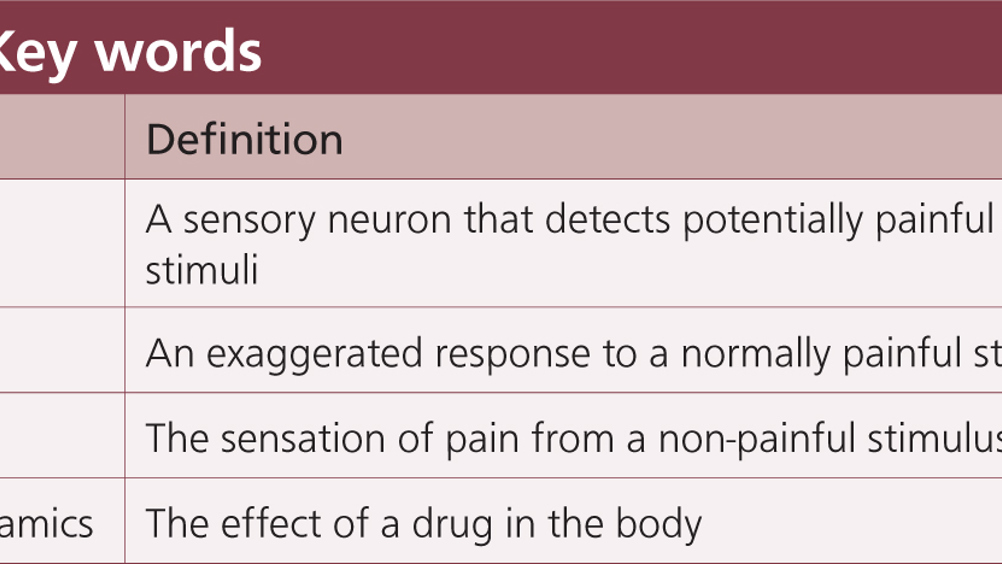References
Know your NSAIDs

Abstract
Non-steroidal anti-inflammatory drugs are regularly used in veterinary medicine to provide analgesia and to reduce inflammation associated with acute pain (e.g. surgical procedures) and in cases of chronic pain (e.g. osteoarthritis). This article discusses their pharmacology, different considerations with their use and the most commonly available drugs in small animal practice.
Non-steroidal anti inflammatory drugs (NSAIDs) are a class of drugs that are able to reduce inflammation without the need for steroids, by competitively inhibiting the formation of the inflammatory mediator prostaglandin.
Their use is appealing in veterinary medicine in acute and chronic inflammatory conditions that cause pain because of the therapeutic analgesic activity, their long duration of action, they come without sedative or behavioural modifying properties, and there are different formulations available (injectable, and oral tablet or liquid forms).
Because of the range of NSAIDs available in the veterinary market, careful drug and dose selection (and frequency) must be made, which will depend on the species it is being prescribed for. Although these are prescribed by the veterinary surgeon, it is useful for the veterinary nurse to be familiar with the NSAIDs available, and their pharmacology, to effectively nurse their patients and help answer any owner queries.
Specific NSAID drug doses, formulations for different species and the administration route are not discussed in this article and the reader is advised to consult a veterinary formulary.
Register now to continue reading
Thank you for visiting The Veterinary Nurse and reading some of our peer-reviewed content for veterinary professionals. To continue reading this article, please register today.

